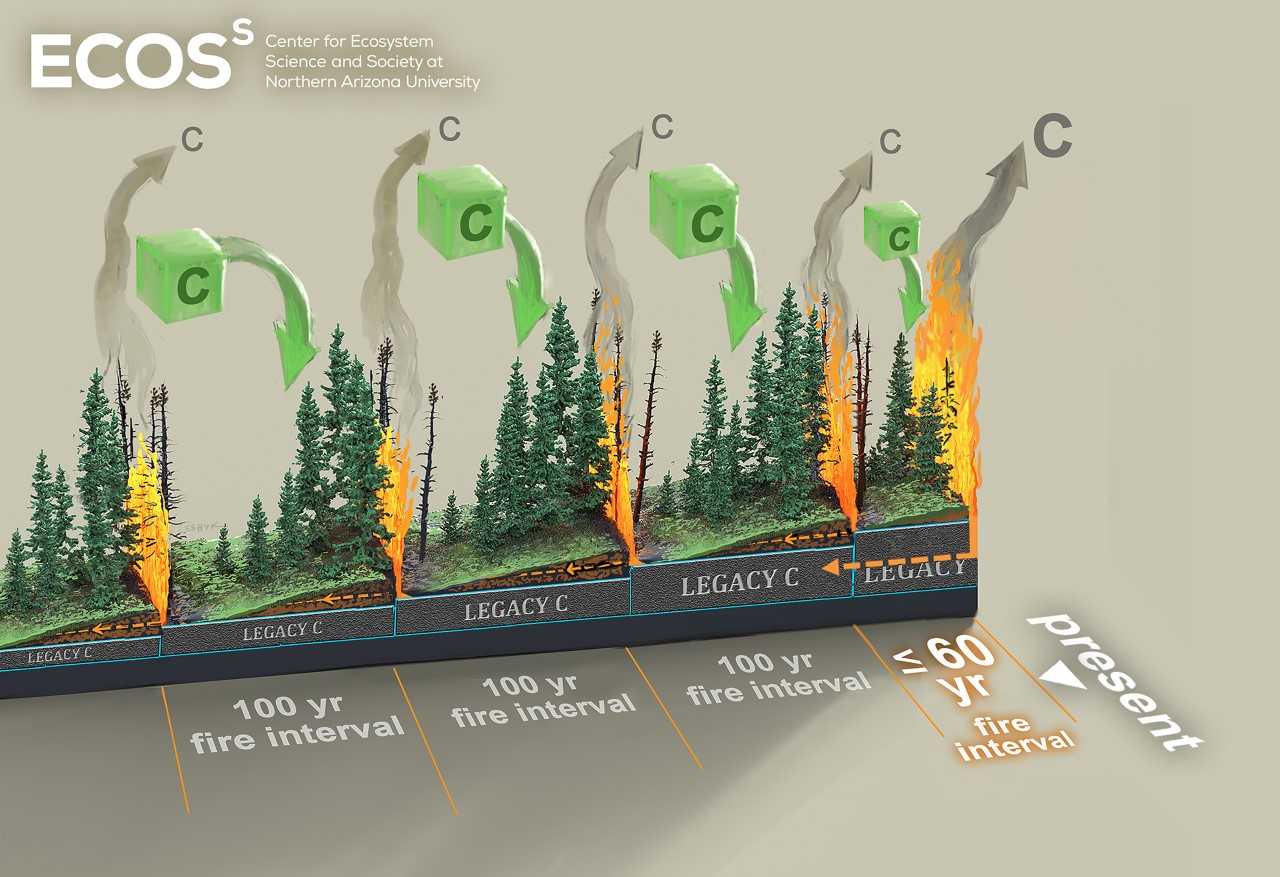
Forest fires can contribute to depletion of soil carbon, increase global climate: UofS study
A new study on how forest fires contribute to depleting soil carbon in the boreal forest was published in the prestigious Nature scientific journal.
The research team included University of Saskatchewan (USask) adjunct researcher Jill Johnstone and recent USask PhD graduate Xanthe Walker. The study revealed why more frequent burning in the boreal forest due to wildfires is bad from a climate change perspective.
The research was launched in the aftermath of the severe 2014 fires in the Northwest Territories (N.W.T.), the largest fire season in the region`s recorded history. The N.W.T. government, along with other agencies such as NSERC and NASA funded the project with aims at better understanding of what happened to the boreal forest soils during these fires.
This knowledge could help improve forest fire management and help northerners plan and adapt.



